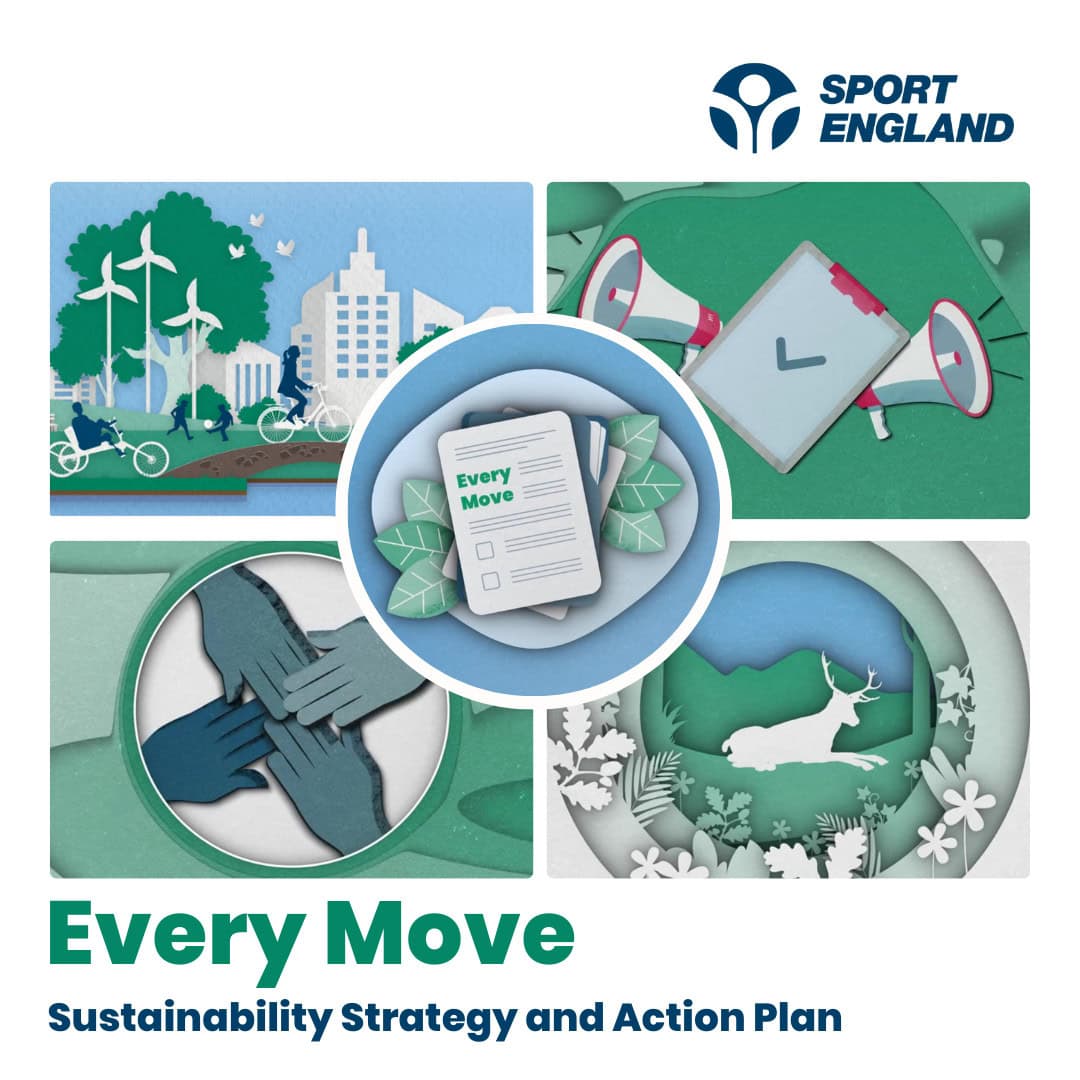
Protecting pitches and the planet
31 May, 2024
Sport England recently launched its first-ever sustainability strategy and action plan, Every Move. This commits £45 million to restore flooded sports pitches, help sports clubs become more energy efficient and encourage people to get active in nature.
We need better understanding and integration of sustainability practices in the sport sector. Only 46% of adults consider environmental sustainability important in their sport and physical activity choices, yet by 2050, it is predicted that 23 out of 92 English league football grounds will be at risk from flooding every season and half of the cities that have previously hosted Winter Olympics will be unreliable hosts of winter sports.
One of the most interesting aspects of Every Move relates to implications it has for the organisations it funds. All 130 of Sport England’s partners, including the national governing bodies of all major recognised sports in England, will be required to have robust sustainability action plans in place by March 2027 as a condition of continued funding. We think this is a positive step in the right direction for funding bodies, and is evidence of a broader commercial trend where customers are demanding more from their suppliers in terms of sustainable action (see our previous Friday 5 story on royal warrants here).
It’s refreshing to see a central grant-making body like Sport England flexing their financial muscles to push towards sustainability, encouraging organisations that otherwise may not prioritise it (perhaps because they are small enough to escape mandatory reporting requirements) to take action and deliver positive change. Take Whalley Range Cricket and Lawn Tennis: they have reduced mowing and planted native trees on the outskirts of the field to soak up excess water. And Wimbledon? They’re donating used tennis balls to become cozy homes for harvest mice.
By Charlotte Pounder
 Back to all friday 5
Back to all friday 5